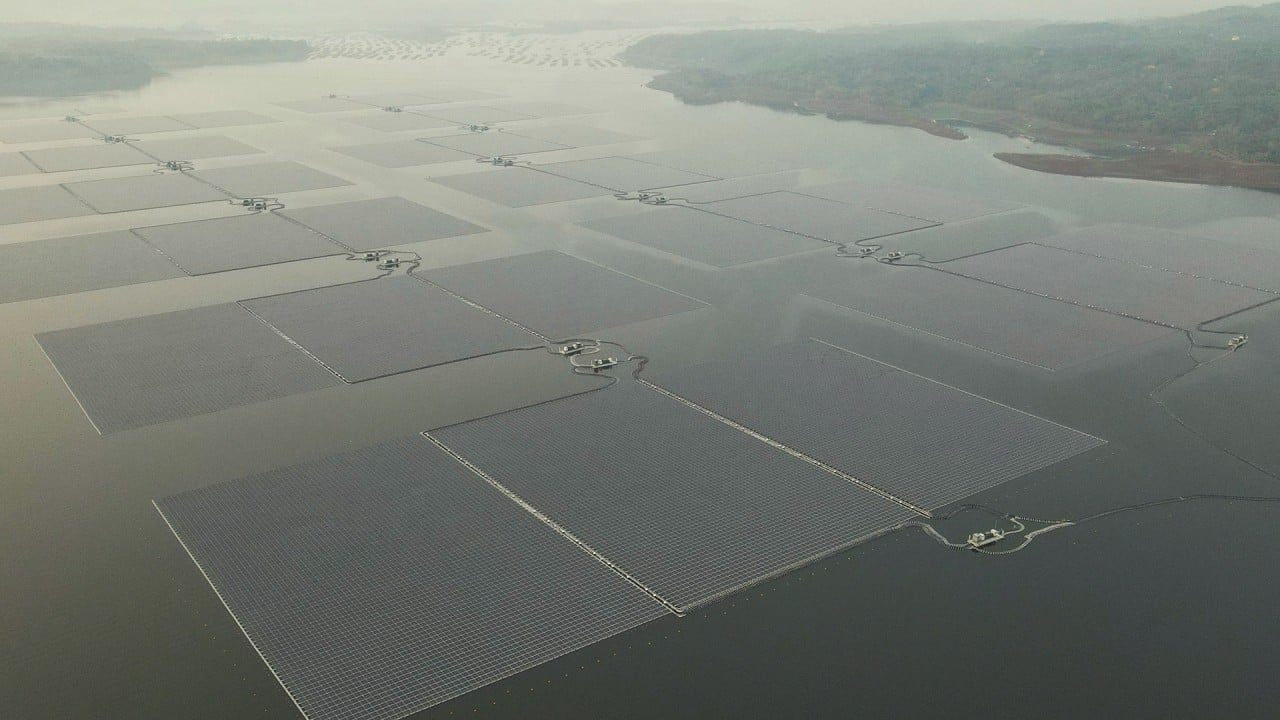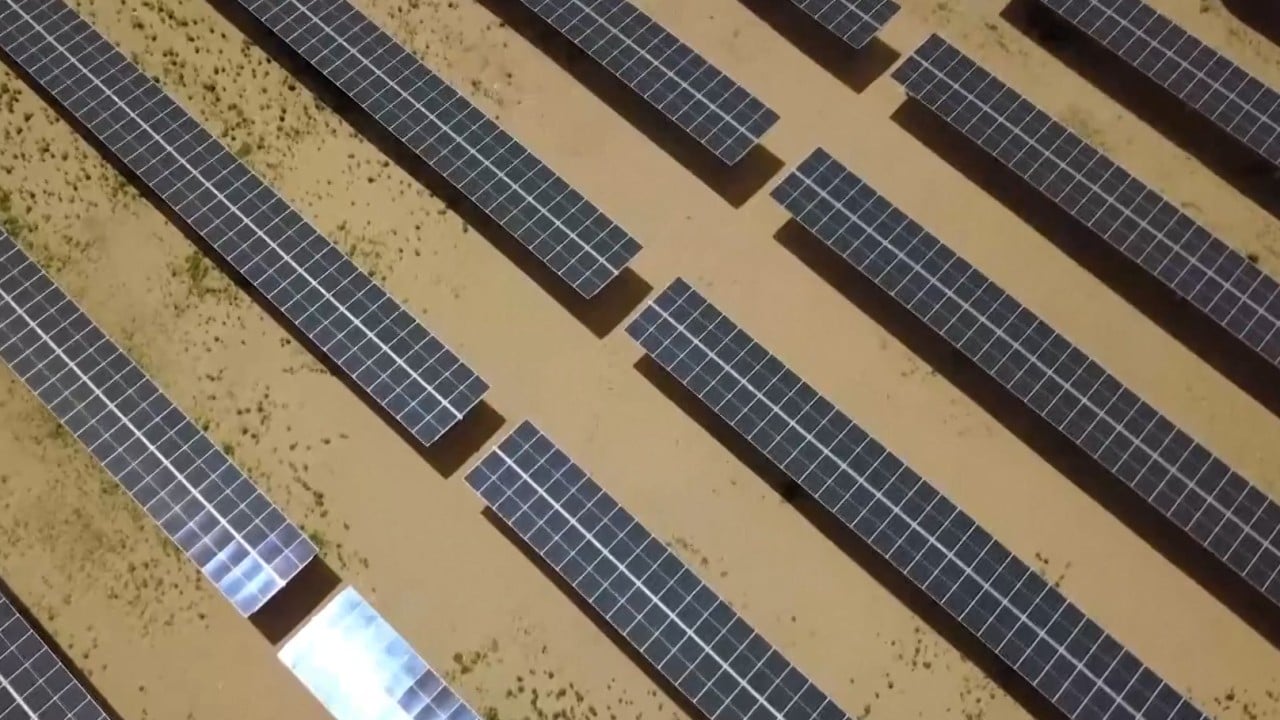Thin as a wafer: the quest for the world’s most powerful, ultrathin and bendable
One drawback is that the power conversion efficiency of large-area silicon cells remains limited to 26 per cent; the other hindrance is cell thickness – typically 150 to 180 micrometres (0.15mm to 0.18mm), making it difficult for use in applications that require a more flexible and lightweight material, such as curved roofs, satellites and space stations.
Aircraft, for instance, have extremely stringent weight requirements and have used thin-film solar cells, another broad category of solar cells. However, according to Li, they are expensive, have a short lifespan, and are not well suited to commercial requirements.
The flexible silicon solar cells developed by Li and his collaborators are much thinner and lighter than their conventional counterparts, and boast high power efficiency.
“We have developed crystalline silicon cells that are as thin as 50 micrometres – thinner than an A4 sheet of paper – that can be bent into a roll, and are much more efficient than conventional ones,” he said.
The research, published in the journal Nature on January 31, was a joint effort by scientists from JUST, Xian-based company LONGi Green Energy Technology, and Australia’s Curtin University.
Scientists around the world have been using various approaches to develop solar cells that are lighter, more flexible, highly efficient and commercially viable.
But the Chinese-led team has taken thinness even further. “Wafer thinning not only reduces the weight and cost [of solar cells], but also facilitates charge migration and separation,” the Nature paper said.
In a briefing article published in the same issue, the authors said that previous thin crystalline silicon cells – less than 150 micrometres thick, produced using conventional techniques – had power conversion efficiencies (PCE) that ranged from 23.27 to 24.7 per cent.
Singapore, China team creates ultrathin smart fibre in wearable tech ‘leap’
Singapore, China team creates ultrathin smart fibre in wearable tech ‘leap’
In this study, however, the scientists produced five types of thin cells ranging from 55 to 130 micrometres in thickness that all had a PCE greater than 26 per cent.
These ultrathin solar cells are also bendable. “While it cannot be folded in half, it can be bent into any curvature,” Li said, adding that the feature would greatly expand the range of applications for crystalline silicon cells.
Solar cells that are flexible have far more application possibilities, including uses in aerospace, blimps, drones and wearable smart devices.
Li said the researchers were working to develop more flexible and efficient crystalline silicon cells that could one day be as portable as a roll of film.
Read More: Thin as a wafer: the quest for the world’s most powerful, ultrathin and bendable



